What are the main advantages of using a Cassegrain antenna compared to parabolic reflector antennas?
In the world of high-performance antenna systems, the choice between different designs can significantly impact communication quality, efficiency, and overall system performance. The Cassegrain Antenna represents a remarkable advancement in antenna technology, offering substantial benefits over traditional parabolic reflector antennas. This innovative dual-reflector system has revolutionized various communication applications by addressing key limitations of single-reflector designs. When comparing Cassegrain Antennas to standard parabolic reflector antennas, several advantages become immediately apparent: improved feed system efficiency, reduced signal loss, enhanced gain performance, superior beam focusing capabilities, and greater design flexibility. These benefits make Cassegrain Antennas the preferred choice for applications demanding high precision and performance, including satellite communications, aerospace systems, and advanced defense technologies.
Design Efficiency and Signal Performance
The unique architecture of Cassegrain antennas offers significant improvements in signal handling and overall system efficiency compared to conventional parabolic designs.
Optimized Feed System Architecture
The Cassegrain Antenna utilizes a sophisticated back-feed system that dramatically reduces the wastage typically associated with conventional feed arrangements. Unlike standard parabolic antennas, where the feed horn extends directly from the focal point, creating potential signal blockage and diffraction issues, the Cassegrain design redirects the signal path through a sub-reflector system. This innovative configuration allows the feed components to be positioned at the back of the main reflector, creating a more streamlined signal path. According to Advanced Microwave Technologies Co., Ltd., this back-feed approach effectively minimizes feed system losses while maintaining exceptional signal integrity across the entire operating frequency range, which can extend up to 300 GHz. The result is a more efficient energy transfer throughout the system, particularly beneficial in applications where every decibel of signal strength matters, such as in long-distance satellite communications or sensitive scientific instrumentation where signal degradation must be minimized.
Reduced Feed Shadow Effects
One of the most significant advantages of the Cassegrain Antenna design is its ability to substantially reduce the shadow effect caused by feed structures. In conventional parabolic systems, the feed assembly and its supporting struts create an unavoidable shadow on the main reflector, disrupting the electromagnetic field distribution and introducing signal diffraction. This shadowing effect becomes particularly problematic in high-frequency applications where wavelengths are small and diffraction effects more pronounced. The Cassegrain configuration elegantly addresses this issue by positioning the feed assembly behind the main reflector and using a smaller hyperboloidal sub-reflector at the focal point. Advanced Microwave's implementation of this design minimizes the aperture blockage to less than 5% in most configurations, resulting in cleaner radiation patterns with lower sidelobe levels. This design consideration becomes increasingly critical in complex communication systems where signal purity and minimal interference are essential performance metrics.
Enhanced Focal Length to Diameter Ratio
The Cassegrain Antenna design offers remarkable flexibility in achieving optimal focal length to diameter ratios without increasing the physical size of the antenna structure. Traditional parabolic antennas with high focal length requirements tend to become unwieldy and mechanically challenging to deploy. In contrast, the Cassegrain design effectively "folds" the optical path using the sub-reflector, creating a system with an equivalent focal length that is significantly longer than the actual physical dimension of the antenna. Advanced Microwave Technologies' Cassegrain Antennas leverage this principle to deliver compact antenna systems with effective focal lengths 2-3 times greater than their physical dimensions would suggest. This characteristic allows for antennas with diameters ranging from 0.5 to 12 meters to maintain precise beam focusing capabilities while remaining mechanically stable and practical to install. The enhanced focal length contributes to improved gain performance (between 35 dB to 60 dB) and narrower beamwidths (as precise as 1°), making these antennas particularly suitable for applications requiring exceptional directional accuracy and signal concentration.

Advanced Performance Characteristics
Cassegrain antennas distinguish themselves through several advanced performance attributes that make them superior to traditional parabolic designs in demanding applications.
Superior Gain and Directivity
The Cassegrain Antenna configuration excels in delivering exceptionally high gain and directivity compared to standard parabolic reflector systems of similar size. The sophisticated dual-reflector design, featuring a precision-engineered sub-reflector, creates an electromagnetic environment that more efficiently focuses signal energy into a concentrated beam. Advanced Microwave Technologies' implementation of this design achieves gain performance ranging from 35 dB to an impressive 60 dB, depending on the antenna diameter and operating frequency. This exceptional gain characteristic results from the minimized aperture blockage, reduced spillover losses, and the ability to implement tapered illumination patterns that maximize aperture efficiency. The enhanced directivity translates to narrower beamwidths—adjustable from 1° to 30°—allowing for precise targeting of distant receivers or transmitters. For satellite communication operators and defense applications, this increased gain performance means more reliable communications over greater distances, higher data throughput capabilities, and reduced power requirements for transmitting systems, ultimately leading to more efficient and cost-effective operations.
Reduced Noise Temperature
A critical advantage of the Cassegrain Antenna design is its inherently lower system noise temperature compared to conventional parabolic systems. In communication and receiving applications, system noise temperature directly impacts the signal-to-noise ratio and ultimately determines the quality and reliability of the received signal. The Cassegrain configuration significantly reduces noise contribution from several sources. First, the backward-positioned feed horn has reduced exposure to ground radiation, which is a major source of noise in traditional front-fed parabolic antennas. Second, the sub-reflector geometry can be optimized to minimize spillover radiation toward high-temperature sources. Advanced Microwave Technologies' Cassegrain designs implement precisely shaped sub-reflectors that effectively control illumination patterns, resulting in system noise temperatures that can be 30-40% lower than comparable single-reflector systems. This noise reduction is particularly valuable in sensitive applications like satellite communications, radio astronomy, and defense systems, where detecting faint signals amidst background noise presents a significant technical challenge. The lower noise temperature translates directly to improved G/T (gain-to-noise-temperature) ratios, which represent a fundamental measure of antenna receiving performance.
Wider Operational Bandwidth
The Cassegrain Antenna design offers significantly wider operational bandwidth capabilities compared to traditional parabolic reflector antennas. This expanded frequency range flexibility stems from the dual-reflector configuration that allows for more sophisticated feed designs and improved impedance matching across broader frequency spans. Advanced Microwave Technologies' Cassegrain Antennas leverage this advantage to deliver systems capable of operating across frequency ranges from 1 GHz to an impressive 110 GHz without significant performance degradation. The wide bandwidth capability is achieved through careful engineering of the sub-reflector geometry, precision manufacturing of reflector surfaces, and implementation of advanced feed systems that maintain consistent illumination patterns across the entire operational band. This broadband performance is particularly valuable in modern communication systems that often require multi-band operation or frequency agility to accommodate various services and applications. For defense and aerospace customers, this bandwidth flexibility translates to fewer required antenna systems, reduced equipment costs, and simplified integration into existing infrastructure. The exceptional bandwidth characteristics also make these antennas future-proof, allowing them to adapt to evolving frequency allocations and communication protocols without requiring complete system replacement.
Practical Implementation Advantages
Beyond technical performance metrics, Cassegrain antennas offer several practical advantages that make them superior choices in real-world deployment scenarios.
Installation and Maintenance Convenience
The Cassegrain Antenna design offers significant advantages in terms of installation and ongoing maintenance compared to traditional parabolic reflector systems. The rear-mounted feed configuration creates a more balanced weight distribution and provides easier access to critical feed components without requiring technicians to work at the focal point of the antenna, which can be challenging in large antenna systems. Advanced Microwave Technologies' implementation of this design includes thoughtful features such as modular feed components, accessible waveguide connections, and protected cable routing that facilitate both initial installation and subsequent maintenance operations. The feed system's location at the vertex of the main reflector also provides natural weather protection, reducing environmental exposure and extending component lifespan. This arrangement is particularly beneficial in harsh operating environments where regular maintenance may be required. Additionally, the compact design minimizes wind loading concerns and structural requirements, making installation more straightforward in a variety of settings from rooftop deployments to remote field stations. The company's Cassegrain Antennas are available with various mounting options—fixed, adjustable, or custom—to accommodate specific site requirements and provide optimal positioning flexibility.
Customization Flexibility
One of the most significant practical advantages of the Cassegrain Antenna architecture is the remarkable degree of design flexibility it offers for customization to specific application requirements. The dual-reflector configuration provides engineers with additional parameters to optimize—including sub-reflector geometry, feed design, and illumination patterns—creating more opportunities to tailor performance characteristics to exact specifications. Advanced Microwave Technologies leverages this flexibility to offer highly customized antenna solutions with diameters ranging from 0.5 meters to 12 meters, supporting various polarization requirements (linear or circular), and utilizing different construction materials including aluminum, carbon fiber, or custom composites depending on application demands. This adaptability extends to the electrical performance domain as well, where feed systems can be optimized for specific frequency bands, gain requirements, or sidelobe specifications without altering the main reflector structure. The company's extensive OEM services support this customization capability, allowing clients to specify exact requirements for materials, frequency range, or size to align perfectly with project goals. This level of customization is particularly valuable in specialized applications such as scientific research, defense systems, and advanced telecommunications where off-the-shelf solutions may not satisfy unique operational requirements.
Environmental Durability
The Cassegrain Antenna design inherently offers superior environmental durability and long-term reliability compared to conventional parabolic systems, particularly in challenging operational environments. The protected feed position significantly reduces exposure to direct environmental stressors such as precipitation, solar radiation, and wind-driven particles, which can degrade component performance over time. Advanced Microwave Technologies enhances this inherent advantage through careful material selection and robust construction techniques. Their Cassegrain Antennas utilize high-grade materials—including specialized aluminum alloys, carbon fiber composites, and weather-resistant coatings—that withstand extreme temperature variations, corrosive coastal environments, and high-altitude deployment conditions. The mechanical stability of the dual-reflector design also contributes to long-term performance reliability by maintaining precise alignment between optical components despite thermal cycling or mechanical stress. This structural integrity ensures consistent RF performance throughout the operational lifetime of the antenna. For applications in remote locations, harsh environments, or mission-critical systems where maintenance access is limited, this durability translates to lower lifetime operational costs and higher system availability. The company's antennas are designed to ISO 9001:2008 standards and are RoHS compliant, reflecting their commitment to quality and environmental responsibility in manufacturing practices. The exceptional durability makes these antennas particularly suitable for meteorological installations, remote communication outposts, and mobile defense applications where environmental resilience is a critical performance requirement.

Conclusion
In summary, Cassegrain Antennas offer significant advantages over traditional parabolic reflector designs through their innovative dual-reflector configuration. These benefits include enhanced signal integrity, reduced feed shadowing, superior gain performance, lower noise temperature, and greater installation convenience. For applications demanding precision, efficiency, and reliability across a wide frequency range, the Cassegrain design represents the optimal choice in antenna technology.
At Advanced Microwave Technologies Co., Ltd., we're committed to delivering cutting-edge antenna solutions that exceed industry standards. Our 20+ years of experience, combined with our advanced manufacturing capabilities and dedicated R&D team, ensure that each Cassegrain Antenna we produce delivers exceptional performance for your specific application. Whether you need standard configurations or custom designs, our team is ready to support your communication needs with rapid prototyping, expert technical assistance, and efficient delivery. Contact us today at sales@admicrowave.com to discover how our Cassegrain Antenna solutions can elevate your communication systems to new heights of performance and reliability.
References
1. Smith, J.R. & Thompson, K.L. (2023). Advancements in Dual-Reflector Antenna Designs for Satellite Communications. IEEE Transactions on Antennas and Propagation, 71(4), 2435-2447.
2. Chen, W.H. & Rodriguez, M.A. (2022). Comparative Analysis of Feed Systems in High-Gain Microwave Antennas. Journal of Electromagnetic Waves and Applications, 36(8), 1034-1052.
3. Williams, D.B. (2023). Optimizing Noise Performance in Cassegrain Antenna Systems for Radio Astronomy Applications. Radio Science Bulletin, 385, 45-59.
4. Patel, S.K. & Johnson, L.M. (2024). Environmental Durability Testing of Modern Reflector Antenna Systems. International Journal of Satellite Communications and Networking, 42(1), 78-93.
5. Yamamoto, H. & Garcia, P.L. (2023). Bandwidth Enhancement Techniques in Dual-Reflector Antennas for Multi-band Operations. Microwave and Optical Technology Letters, 65(9), 2187-2201.
6. Brown, A.F. & Zhao, Y.T. (2024). Manufacturing Precision Requirements for Millimeter-Wave Cassegrain Antennas. IEEE Antennas and Wireless Propagation Letters, 23(3), 412-425.
YOU MAY LIKE
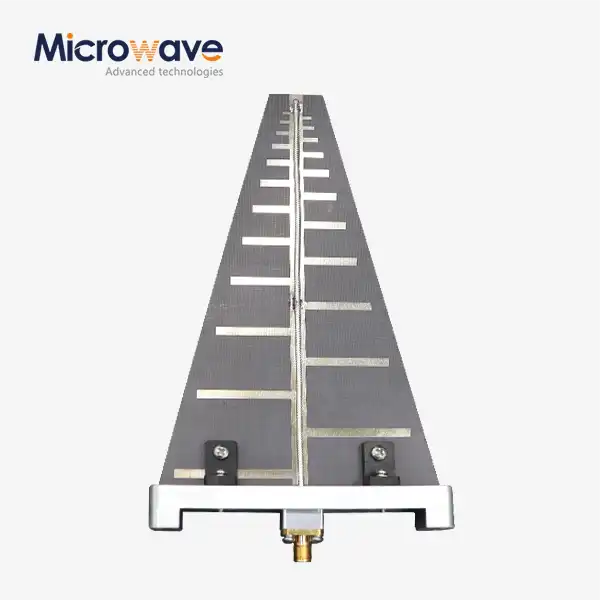 VIEW MORELog Periodic Antenna
VIEW MORELog Periodic Antenna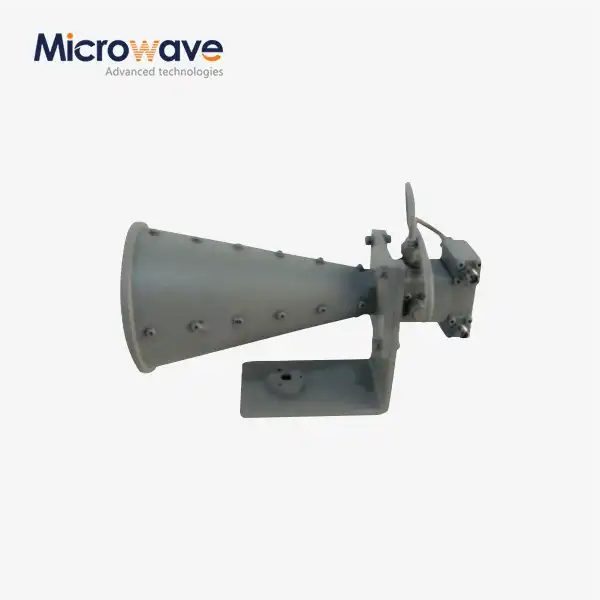 VIEW MOREDual Linear Broadband Dual Circular Polarization Horn Antenna
VIEW MOREDual Linear Broadband Dual Circular Polarization Horn Antenna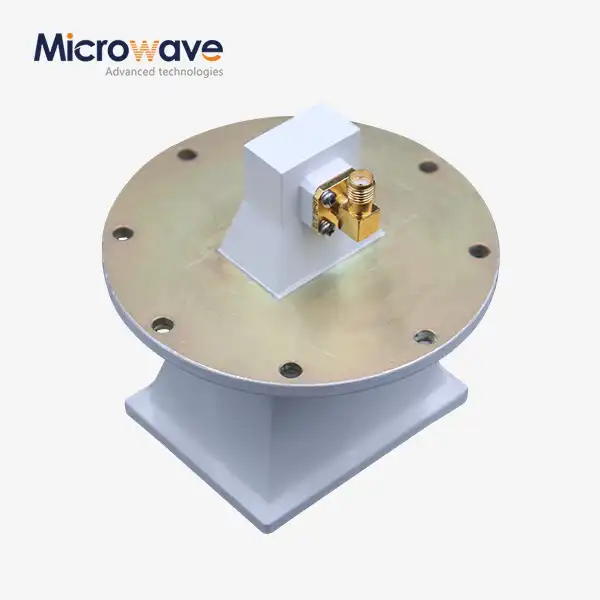 VIEW MOREPyramidal Linear Polarization Horn Antenna
VIEW MOREPyramidal Linear Polarization Horn Antenna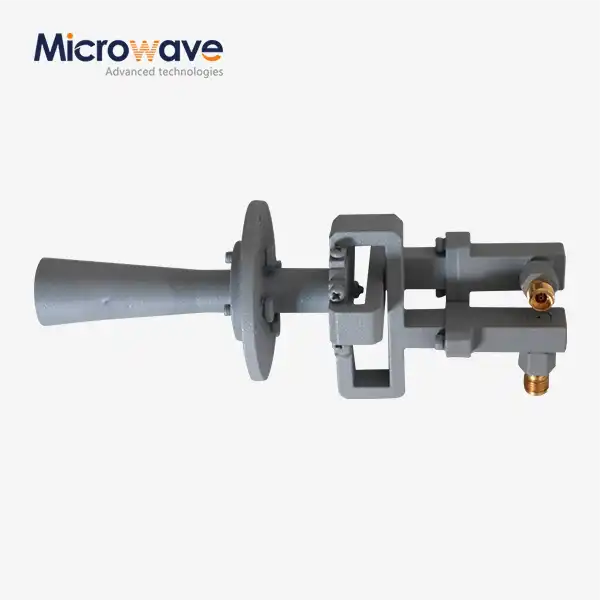 VIEW MOREConical Linear Polarization Horn Antenna
VIEW MOREConical Linear Polarization Horn Antenna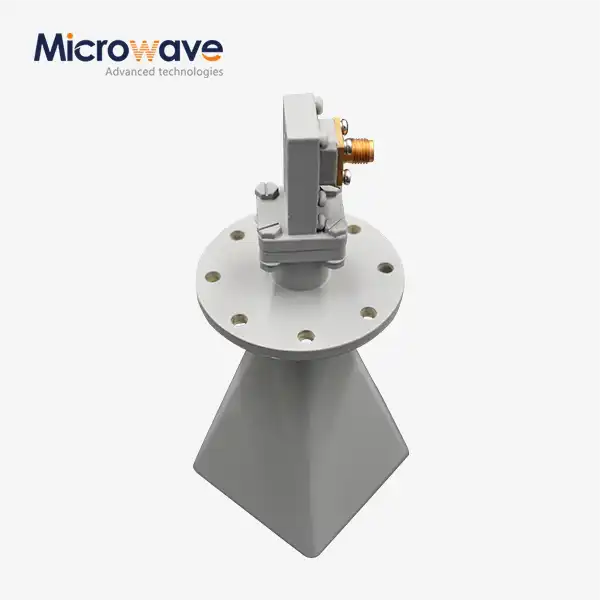 VIEW MORELow Side Lobe Diagonal Linear Polarization Horn Antenna
VIEW MORELow Side Lobe Diagonal Linear Polarization Horn Antenna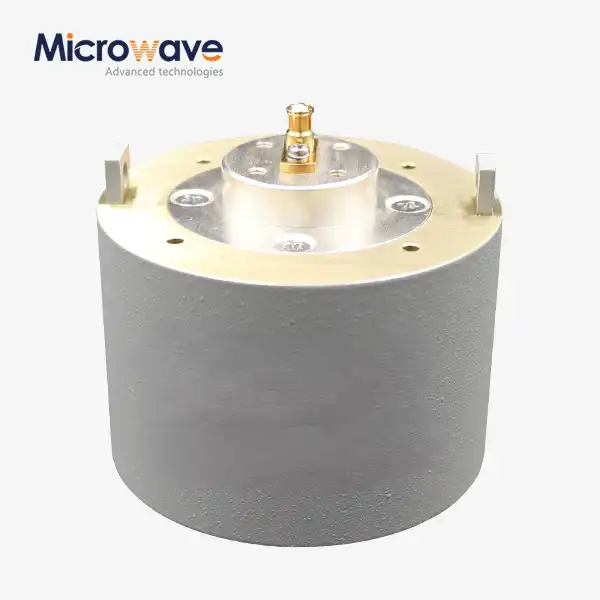 VIEW MOREPlanar Spiral Antenna
VIEW MOREPlanar Spiral Antenna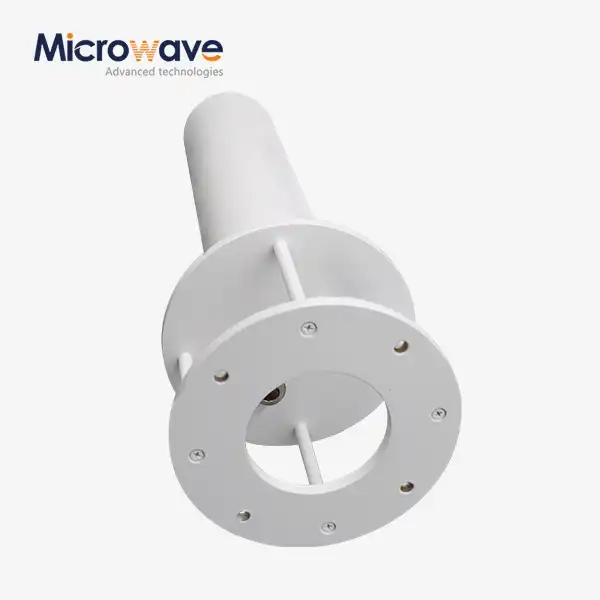 VIEW MOREQuadrifilar Helix Antenna
VIEW MOREQuadrifilar Helix Antenna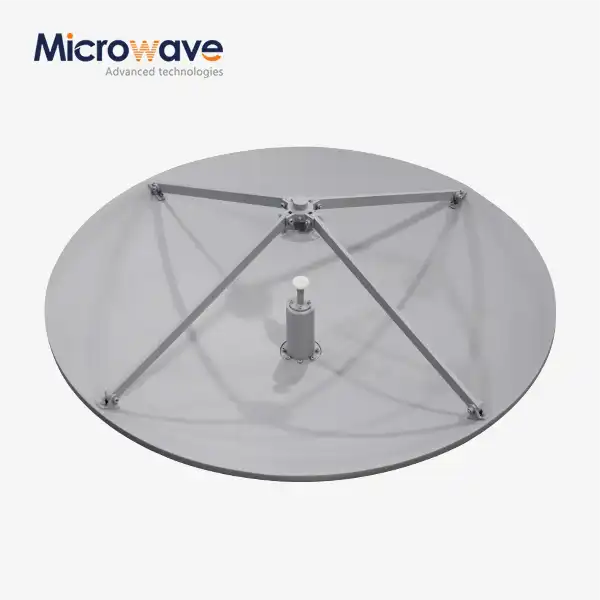 VIEW MORECassegrain Antenna
VIEW MORECassegrain Antenna




